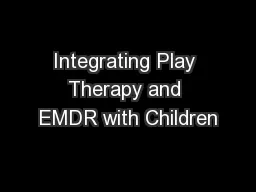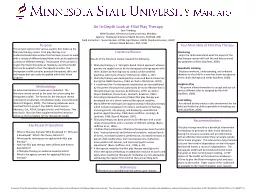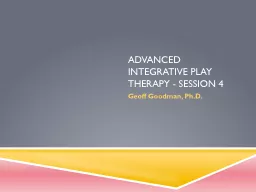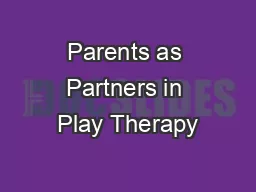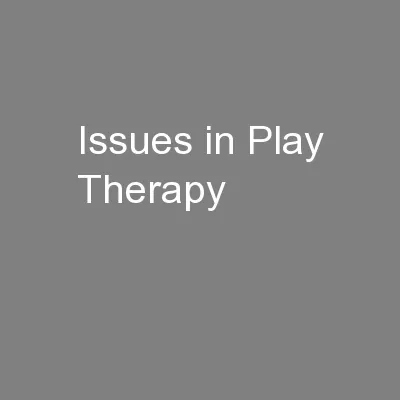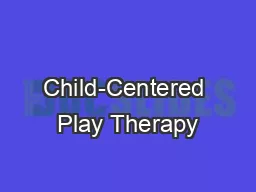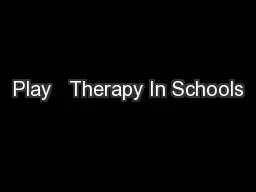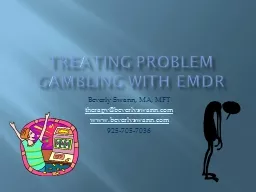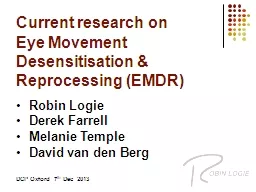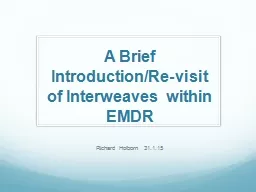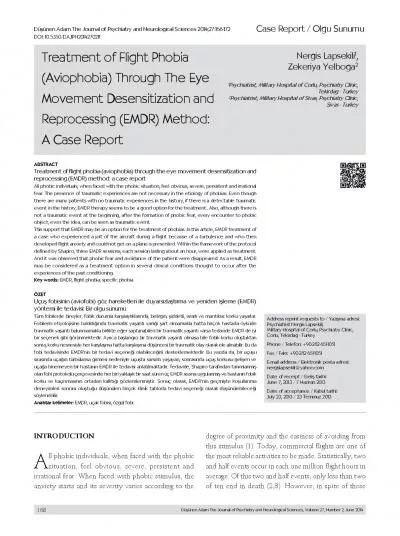PPT-Integrating Play Therapy and EMDR with Children
Author : conchita-marotz | Published Date : 2017-03-18
Introduction Play Therapy and EMDR eye movement desensitization and reprocessing balance the interplay of opposites Right hemisphere experiential Left hemisphere
Presentation Embed Code
Download Presentation
Download Presentation The PPT/PDF document "Integrating Play Therapy and EMDR with C..." is the property of its rightful owner. Permission is granted to download and print the materials on this website for personal, non-commercial use only, and to display it on your personal computer provided you do not modify the materials and that you retain all copyright notices contained in the materials. By downloading content from our website, you accept the terms of this agreement.
Integrating Play Therapy and EMDR with Children: Transcript
Download Rules Of Document
"Integrating Play Therapy and EMDR with Children"The content belongs to its owner. You may download and print it for personal use, without modification, and keep all copyright notices. By downloading, you agree to these terms.
Related Documents

